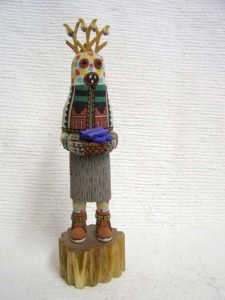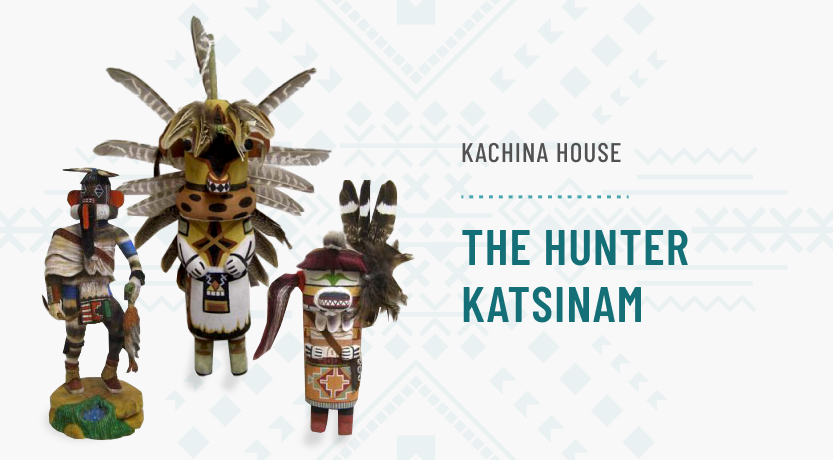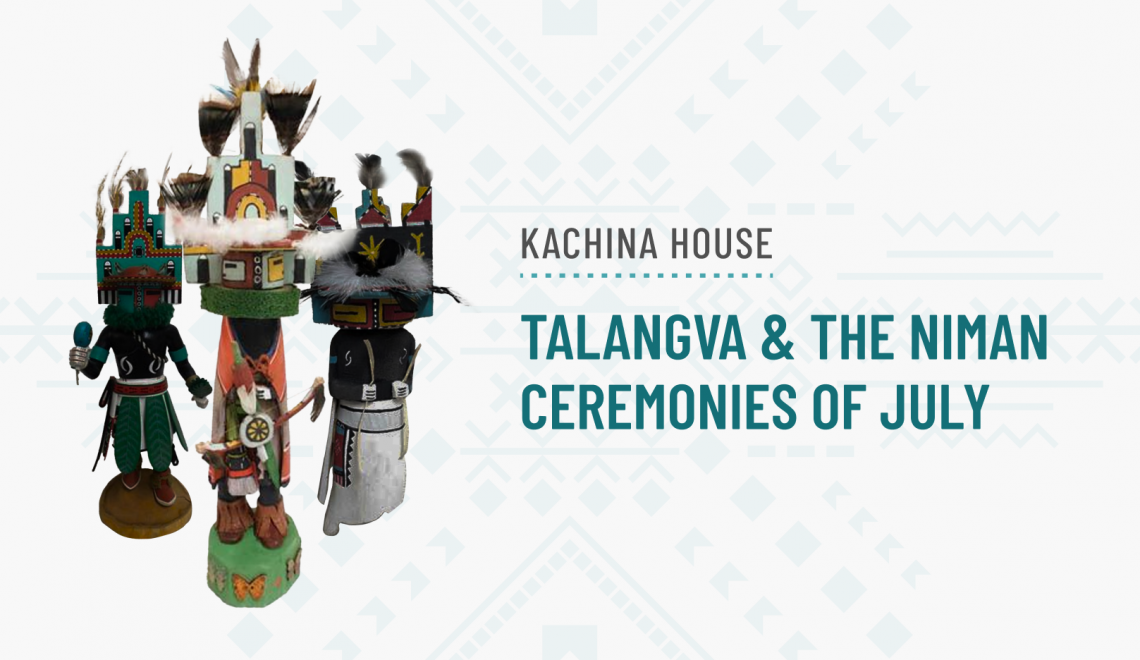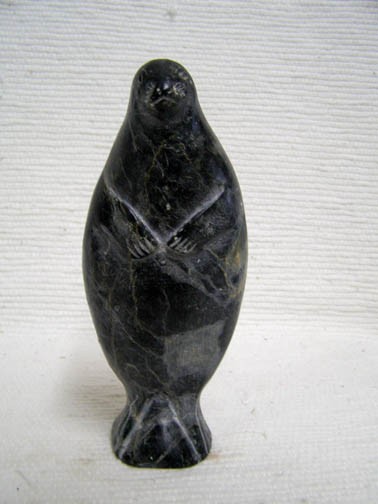Beneath everything that separates those in different cultures are common circumstances that every human being faces. One of the most significant aspects of our existence is the mystery behind where we came from and where we will go when our time on Earth ends.
being faces. One of the most significant aspects of our existence is the mystery behind where we came from and where we will go when our time on Earth ends.
The Hopi people believe that life on Earth is an emergence into the “Fourth World,” and that a Katsina named Maasaw, son of the Sun Katsina Tawa, serves as a guardian who gave permission to the Hopi people to enter the Fourth World.
Maasaw, also known as Skeleton Man, and as Lord of the Dead, teaches the Hopi people to live a simple and self-sufficient life. He was known to offer a bag of seeds, a gourd of water, a digging stick, and a cloak, demonstrating virtue through hard work and cultivation of the land. If the Hopi people dedicated life to their agricultural duties and respect for nature, Maasaw promised to watch over them and ensure a smooth passage into the afterlife.
The result is a strong tradition of Hopi ethics, with an emphasis on generosity and humility. As the Hopi Death Katsina, Maasaw can be scary and intimidating, but a force of good for all well-behaved Hopi people. This is because the Hopi do not see death as the end of life but as a necessary part of its cyclical nature.
Death is required for survival, just as hunters rely on it to feed themselves and others. Death must be accompanied by respect to ensure that the animal spirits remain within the cycle of rebirth. In sickness and war, Maasaw is also called upon as the Katsina responsible for the passage to and from the Fourth World.
As with other Katsinam, Maasaw is symbolized through art, particularly the Death Katsina doll, a selection of which are available at Kachina House. He is often depicted with Maasaw Mana, his female counterpart, at his side.

 Posts RSS
Posts RSS


